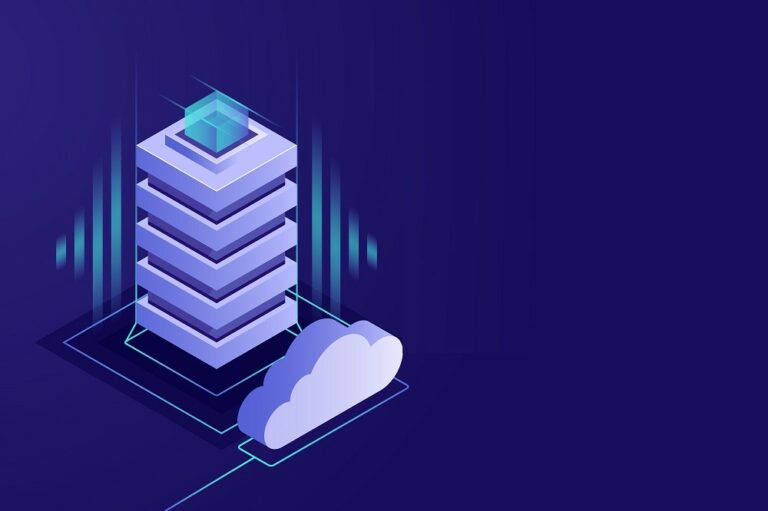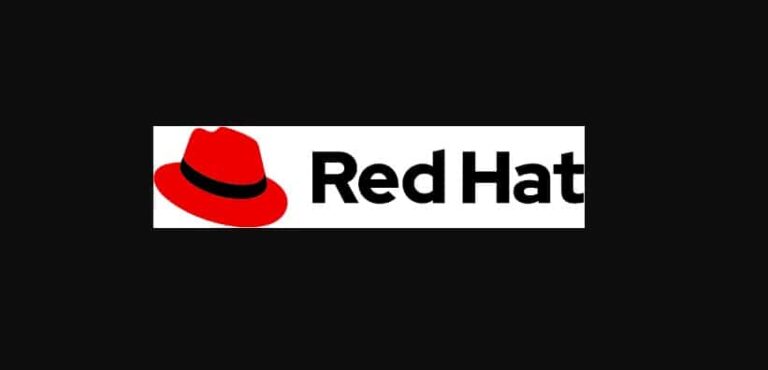It turns out you may be using object-based storage without even knowing about it, similar to file or block-based, depending on your applications.
Object and bulk as well as cloud storage can mean different things depending on the context of what it refers to. Using the term object can simply mean an item, entity, or something that has nothing to do with object architecture, object repositories, or object-based storage access.
For example, some will refer to a VMware (or Xen, KVM, Hyper-V) virtual disk (aka VMDK, VHDX), or data stored as objects, yet they have nothing (currently) per say to do with what others see object storage as (e.g. cloud-based).
Of course, you can move virtual machines (VMs) and their virtual disks to a cloud service where they can run perhaps even with underlying object-based storage.
In general, when mentioning object and storage there are different context meanings:
· Using as a generic term to refer to items, entities, files, folders, data stores as objects
· An object oriented designed, programed and implemented solution
· A database, email or another application repository different from a cloud object
· Solution leveraging objects internally presenting them as block, file or other items
· Service, product or software utilizing object access via API, REST or other means
Thus, when talking about object and storage, context matters. Object storage context matters given the different meanings that are often assumed – one thing to one person and another to somebody else. For the balance of our conversation let us set the context for object storage access.
Object access refers to how applications natively access, store, retrieve and manage data using API or other non-traditional means (e.g. block or file). In addition to the vendor, product, solution or industry and de facto standard APIs, object access also includes HTTP/HTTPS based REST (aka RESTfull). Other common object access methods include Amazon Web Service (AWS) Simple Storage Service (S3), DICOM and HL7 (medical/healthcare) and WebDav among others.
Most object-based storage services, systems, solutions and software stack providers provide themselves, or via partners, various block and file interfaces or gateways. For example, Amazon Storage Gateway provides an iSCSI block access to the S3 object storage. NAS HDS, NFS and CIFS file access are also available for other cloud and object services, along with most of the object storage solutions. There are many other tools such as S3motion, S3 browser, s3fs (mount an S3 bucket as Linux mount point) among many others.
Object access storage system, service or software is another layer of abstraction that can increase the scale, flexibility, and extensibility of underlying storage. This is similar to how NAS or file-based access provides a layer of abstraction above underlying block storage. Of course, block accessed storage abstracts the lower level physical SSD, Hybrid, HDD, tape, optical or other data storage mediums bits and bytes.
The question should not be which is better, object vs. file or block, rather how and when they work together, what’s most applicable to a given environment, not to mention what do you your current and future applications need.
Likewise, a question should be which type of object or bulk storage solution is best for your particular application and environment. Learn more about the object and bulk storage at www.objectstoragecenter.com.
Image Credit: https://www.datacore.com/






